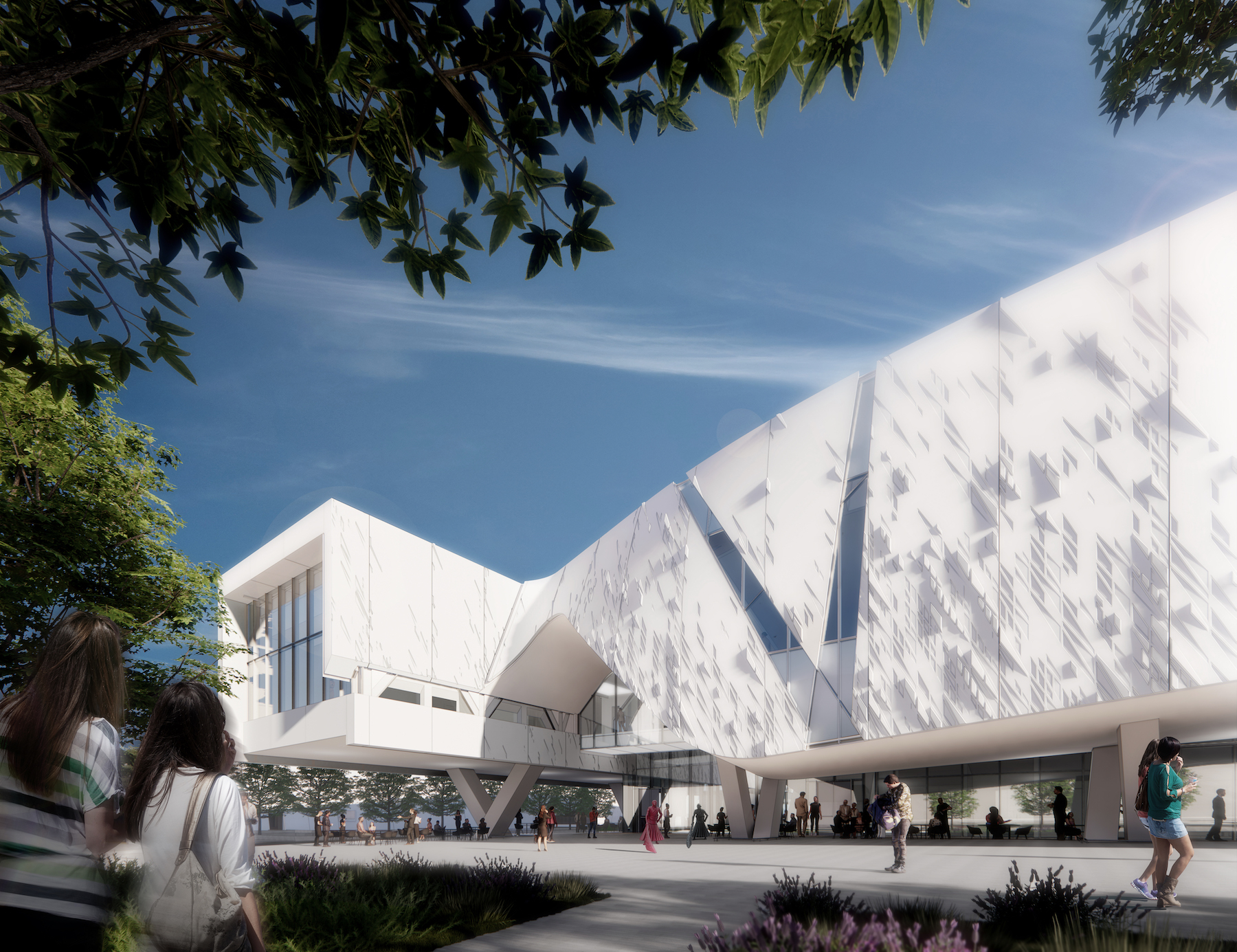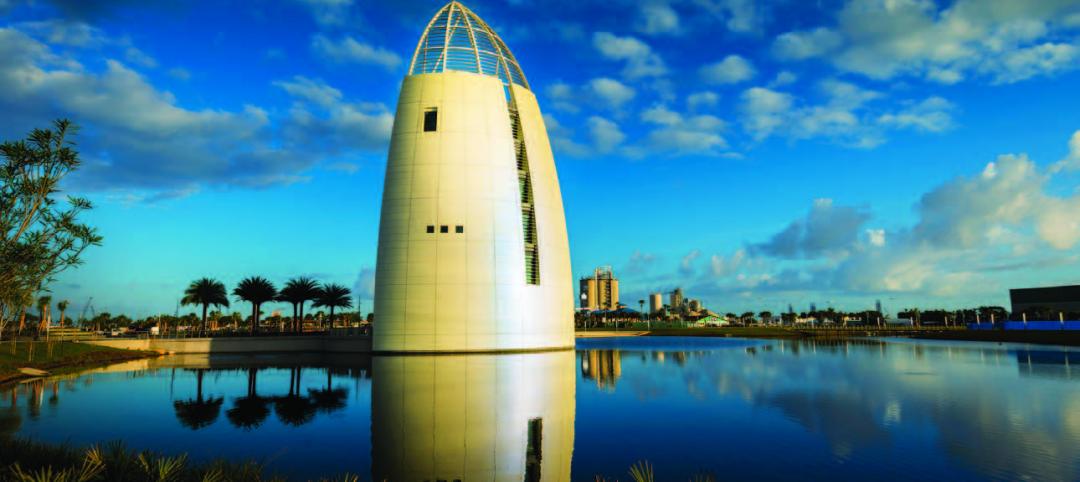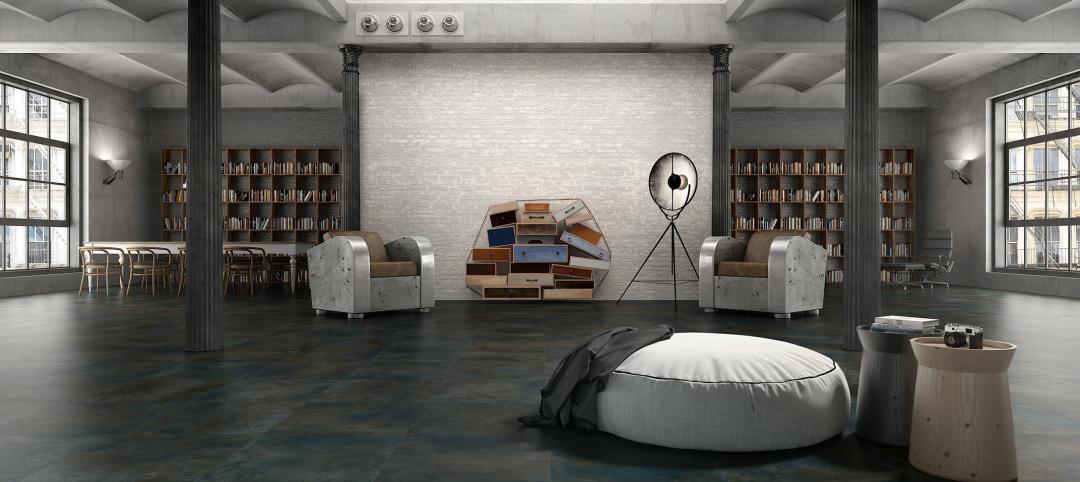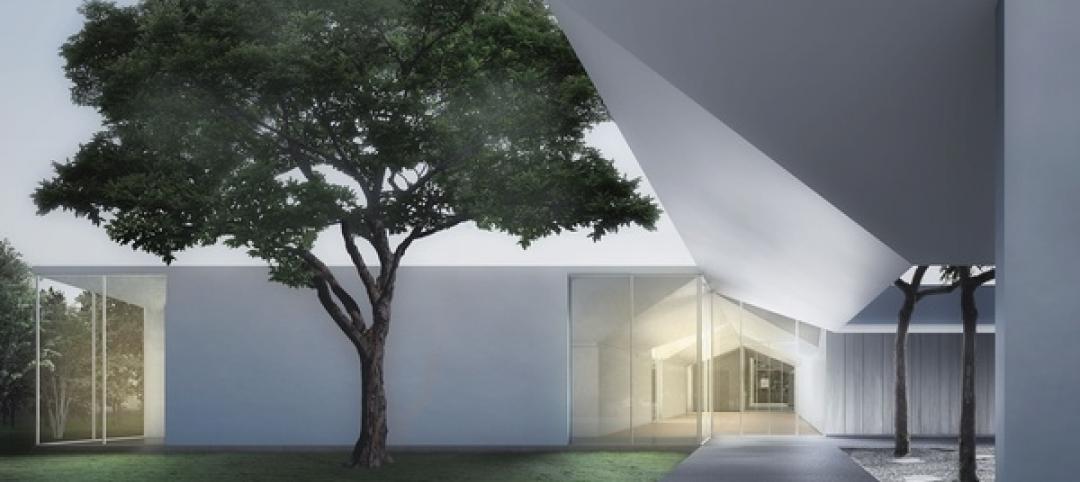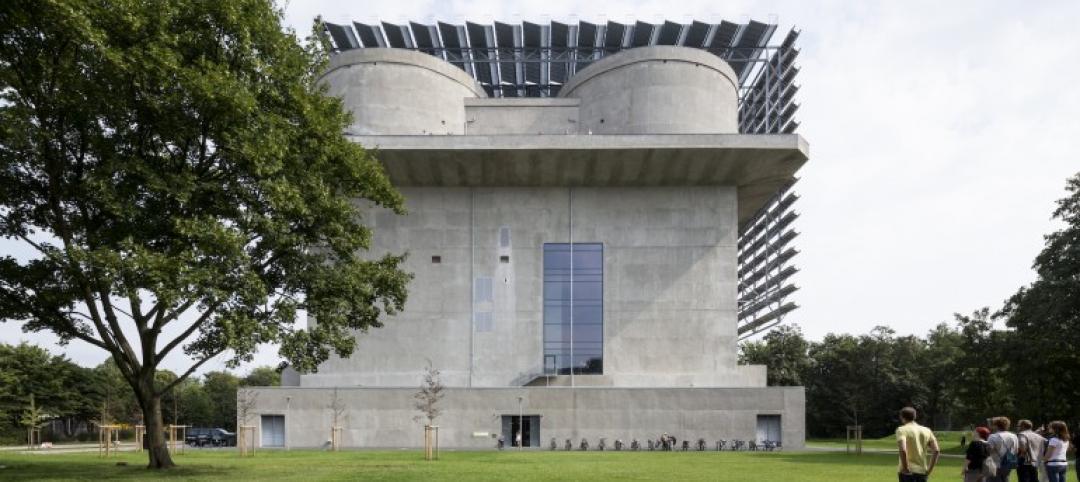The University of Texas at Dallas (UT Dallas) recently broke ground on the Crow Museum of Asian Art, the first phase of a new 12-acre cultural district on campus. The Edith and Peter O’Donnell Jr. Athenæum will be an arts destination for students, faculty, and community.
Designed by global architecture and design firm Morphosis, the arts campus will create a new gateway to the university and include a performance hall, a museum for the traditional arts of the Americas, a central plaza, and a parking structure. The Athenaeum is part of a significant period of growth of the arts at UT Dallas, a school that has historically focused on science, engineering, technology, and business.
The cohesive and dynamic vision for the Athenæum is intended to establish UT Dallas as a cultural hub with outdoor features including landscaped gardens, tree-lined walkways, paved open spaces with benches and water features, an amphitheater, and public sculptures. The plan knits together the buildings within the Athenæum and provides important pedestrian connections to the rest of the campus.
The two-story, 68,000 sf Crow Museum, which includes 12,000 sf of contiguous outdoor space for programs and events, will be completed in Phase I in 2024. It will have 16,000 sf of flexible gallery space to display the collection’s diverse selection of Asian art with ancient and contemporary works from Cambodia, China, India, Indonesia, Japan, Korea, Myanmar, Nepal, Pakistan, Thailand, Tibet, and Vietnam. The museum will also house a state-of-the-art conservation lab, classroom spaces, administrative offices, and the Brettell Reading Room.
Another building, a two-story 53,000 sf performance hall, will include a 600-seat concert venue, practice rooms, choral and orchestra rehearsal rooms, to be constructed in Phase II. A two-story 50,000 sf museum for the traditional arts of the Americas will be completed in Phase III. A three-story 1,100-car parking structure with two levels above grade and one basement-level walk-out will serve the Athenæum and campus.
The three cultural buildings are designed with second floors that are larger than the ground floor, creating covered exterior spaces that can be used for studying, building entry, daytime and nighttime events and gatherings, performances, art display, and everyday campus life. Each building is clad with white precast concrete panels featuring a three-dimensional pattern created through an innovative process designed by Morphosis.
Building Team:
Owner: University of Texas at Dallas
Design architect: Morphosis
Architect of record: GFF
Design MEP Engineer: Buro Happold
MEP Engineer of Record: Campos Engineering
Structural engineer: Datum Engineers
General contractor/construction manager: The Beck Group
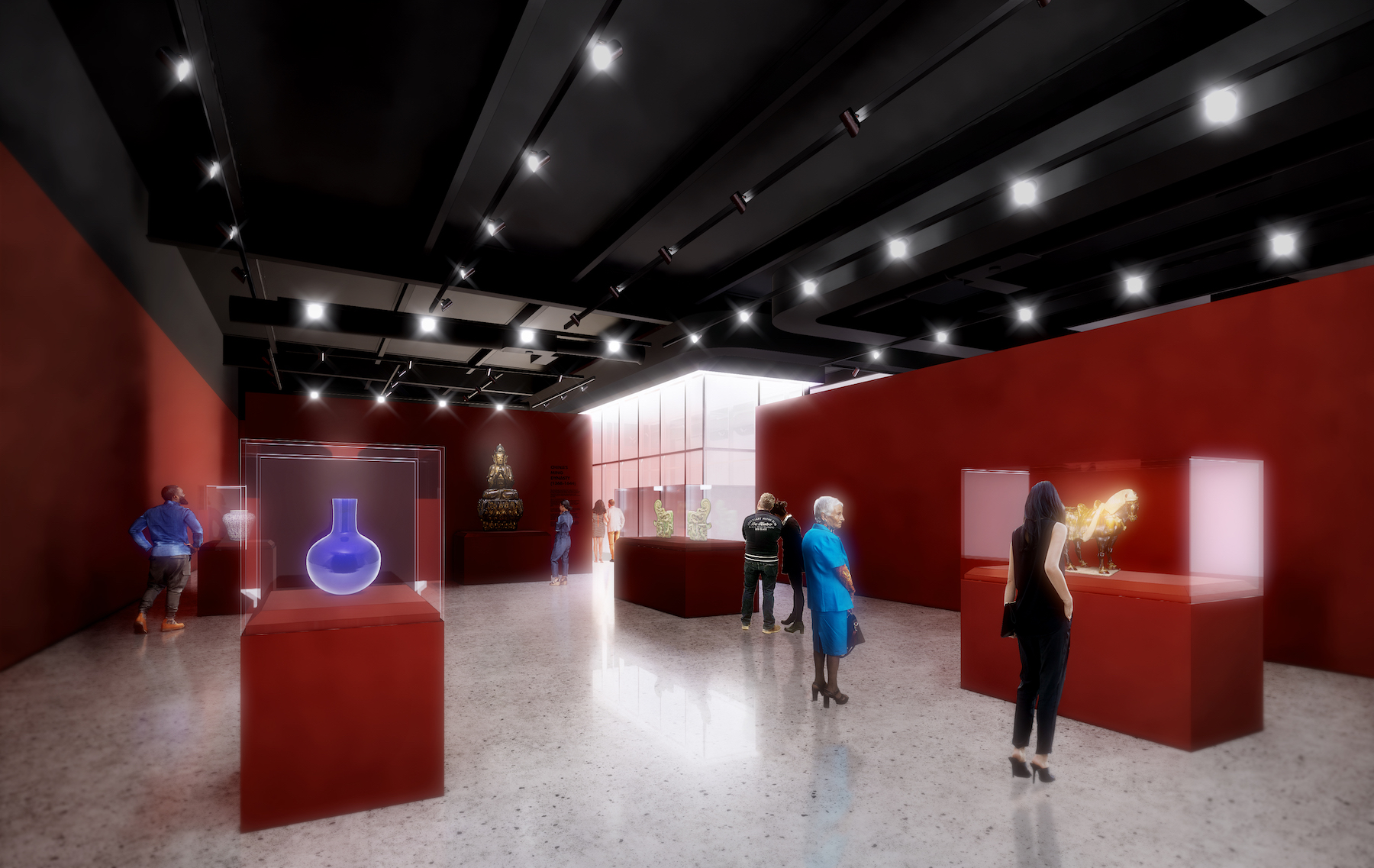
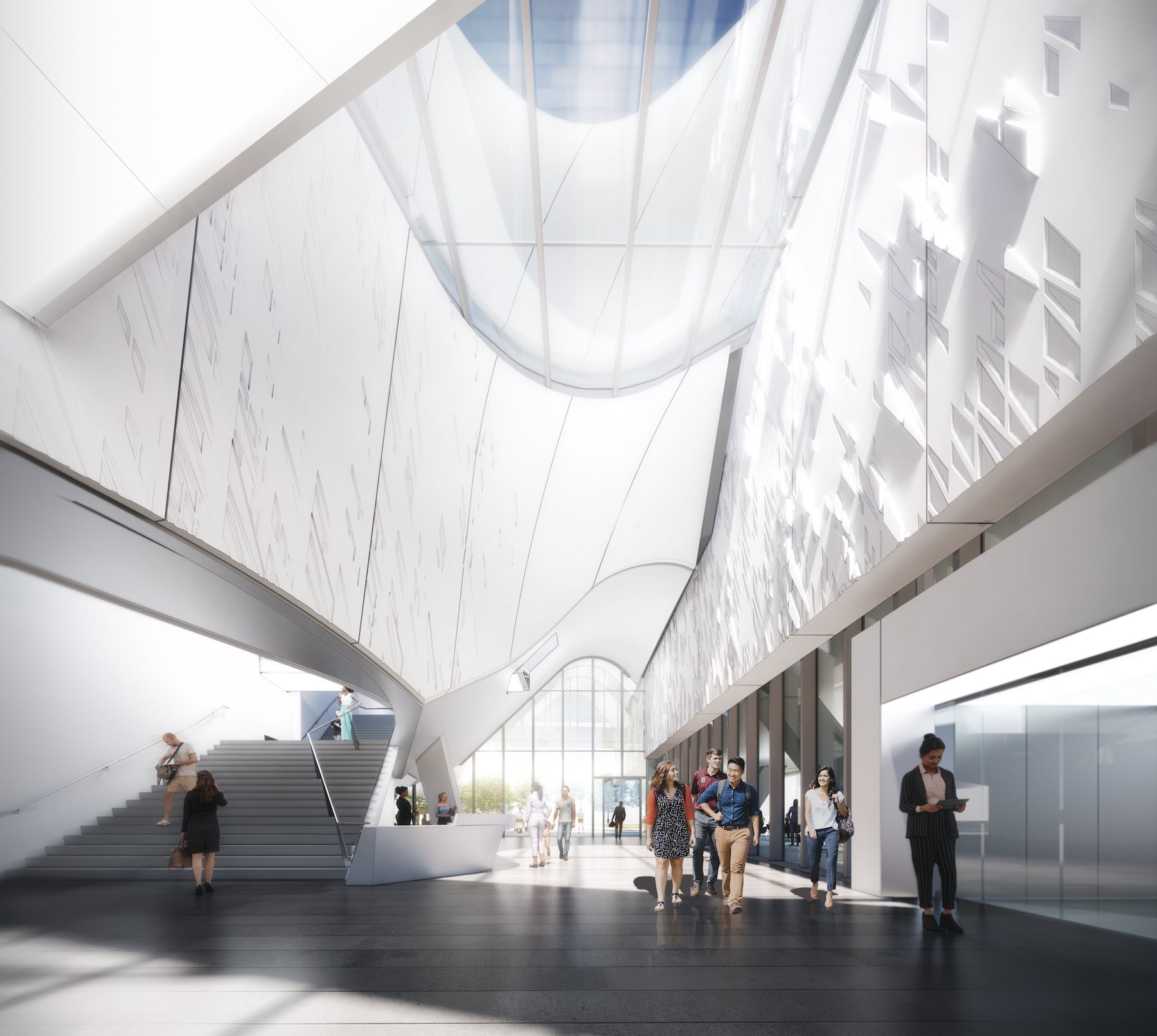
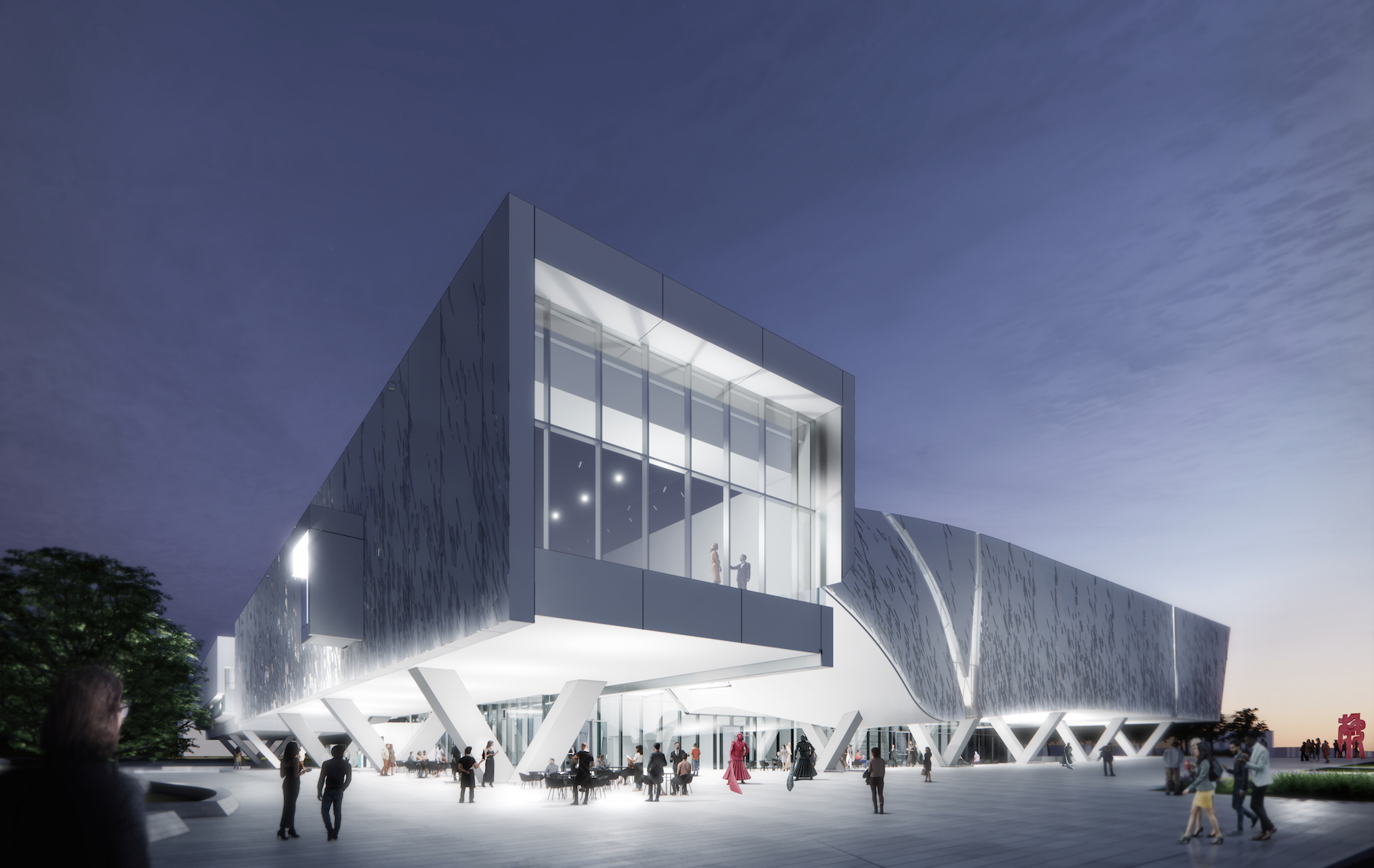
Related Stories
Sponsored | | Mar 21, 2014
Kameleon Color paint creates color-changing, iridescent exterior for Exploration Tower at Port Canaveral
Linetec finishes Firestone’s UNA-CLAD panels, achieving a one-of-a-kind, dynamic appearance with the first use of Valspar’s new Kameleon Color
| Mar 20, 2014
Common EIFS failures, and how to prevent them
Poor workmanship, impact damage, building movement, and incompatible or unsound substrate are among the major culprits of EIFS problems.
| Mar 13, 2014
Do you really 'always turn right'?
The first visitor center we designed was the Ernest F. Coe Visitor Center for the Everglades National Park in 1993. I remember it well for a variety of reasons, not the least of which was the ongoing dialogue we had with our retail consultant. He insisted that the gift shop be located on the right as one exited the visitor center because people “always turn right.”
| Mar 12, 2014
14 new ideas for doors and door hardware
From a high-tech classroom lockdown system to an impact-resistant wide-stile door line, BD+C editors present a collection of door and door hardware innovations.
| Mar 5, 2014
5 tile design trends for 2014
Beveled, geometric, and high-tech patterns are among the hot ceramic tile trends, say tile design experts.
| Feb 24, 2014
New Menil Drawing Institute will fit in with leafy surroundings
In Houston, plans are being finalized for the first freestanding American building built to house and conserve modern and contemporary drawings.
| Feb 18, 2014
Robert A.M. Stern sent back to drawing board for Revolutionary War museum in Philadelphia
The Philadelphia Art Commission has suggested some significant changes to the design by Robert A.M. Stern Architects, namely the elimination of a cupola and the addition of eye-level windows on the ground floor.
| Feb 14, 2014
Giant interactive pinwheel adds fun to museum exterior
The proposed design for the Santa Cruz Museum of Art and History features a 10-foot pinwheel that can be activated by passersby.
| Feb 14, 2014
Crowdsourced Placemaking: How people will help shape architecture
The rise of mobile devices and social media, coupled with the use of advanced survey tools and interactive mapping apps, has created a powerful conduit through which Building Teams can capture real-time data on the public. For the first time, the masses can have a real say in how the built environment around them is formed—that is, if Building Teams are willing to listen.
| Feb 13, 2014
Extreme Conversion: Nazi bunker transformed into green power plant, war memorial
The bunker, which sat empty for over 60 years after WWII, now uses sustainable technology and will provide power to about 4,000 homes.


